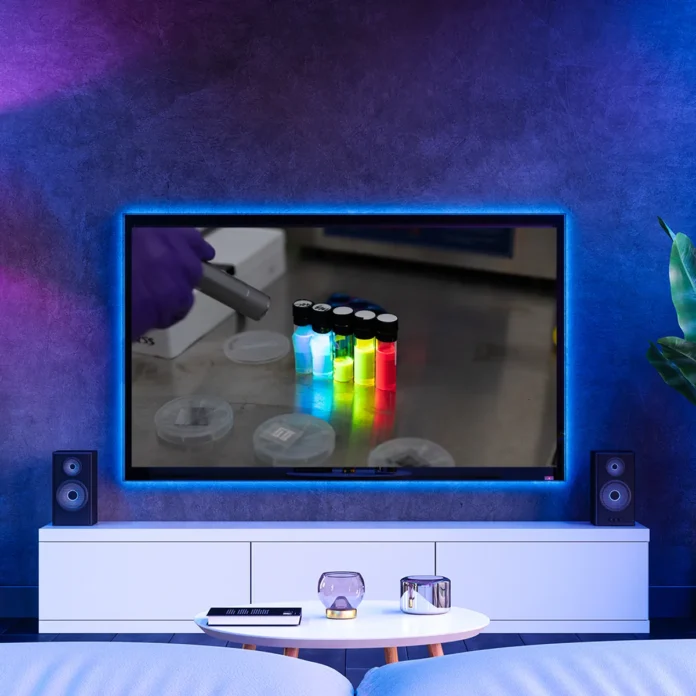NanoLED, the latest breakthrough in display technology, is set to revolutionize the visual experience. This cutting-edge technology utilizes direct-view quantum dots, eliminating the need for LCD or OLED panels. In this article, we explore the exciting possibilities of NanoLED and its potential to redefine picture quality.
Understanding Quantum Dots and Their Impact (80 words):
Quantum dots are microscopic particles that emit light when stimulated by energy. These particles have already enhanced LED, LCD, and OLED displays, boosting brightness and color performance. However, the full potential of quantum dots remained untapped until the advent of NanoLED. By utilizing electroluminescent quantum dots, NanoLED displays can generate light directly, offering superior picture quality without the constraints of previous technologies.
Advantages of NanoLED Technology (80 words):
NanoLED offers several advantages over existing display technologies. Firstly, it enables exceptional contrast ratios similar to or surpassing OLED displays. Additionally, with fewer layers required to create an image, NanoLED allows for even thinner displays, making way for sleeker TVs, lighter VR headsets, and slimmer mobile devices. Moreover, NanoLED displays can be manufactured using inkjet printing and other techniques, making them printable on various surfaces, both flat and curved.
Potential Applications and Scalability (80 words):
NanoLED displays hold the potential for diverse applications across a range of sizes and resolutions. From smartwatches to large-scale wall-mounted TVs, the scalability of NanoLED technology is akin to LCDs. This means that the future could bring NanoLED displays in a wide variety of devices, enhancing the visual experience for consumers. This technology is expected to debut in smaller displays such as phones and tablets, gradually expanding to larger monitors and TVs.
Considerations and Challenges (80 words):
While NanoLED technology offers numerous benefits, there are considerations to be aware of. The initial generations of NanoLED displays may be relatively expensive due to the novelty of the technology. Additionally, resistance from companies invested in LCD and OLED manufacturing could slow down its widespread adoption. Researchers are also focusing on improving the longevity and reliability of green and blue NanoLEDs, which currently exhibit shorter lifespans compared to red NanoLEDs.
The Road Ahead for NanoLED (80 words):
Prominent display manufacturers such as Nanosys, BOE, Samsung Display, Sharp, and TCL are actively exploring NanoLED technology. While it may take some time before NanoLED displays become widely available, the progress made by these industry leaders indicates a promising future. As NanoLED displays gain traction, LED LCDs with quantum dots may occupy the mid- to lower-end market segments. Ultimately, consumers can look forward to an array of visually stunning TVs and displays.
Conclusion (50 words):
NanoLED technology represents the next frontier in display innovation, promising remarkable improvements in picture quality and design. With direct-view quantum dots leading the way, NanoLED displays offer enhanced contrast, thinner profiles, and potential affordability. As manufacturers continue to refine this technology, a future filled with visually striking TVs and devices awaits.

